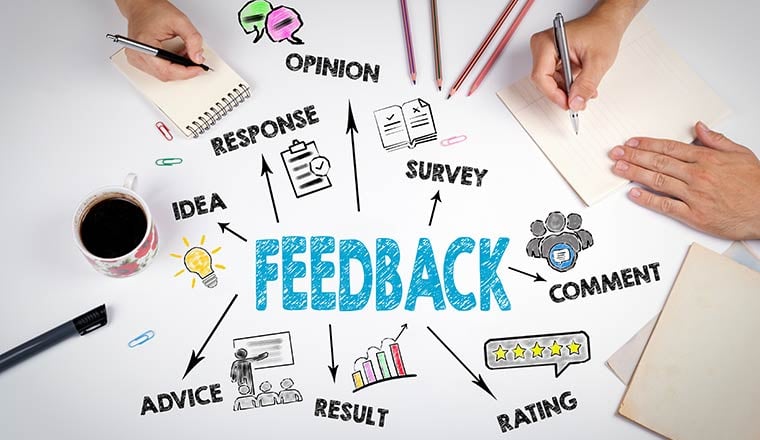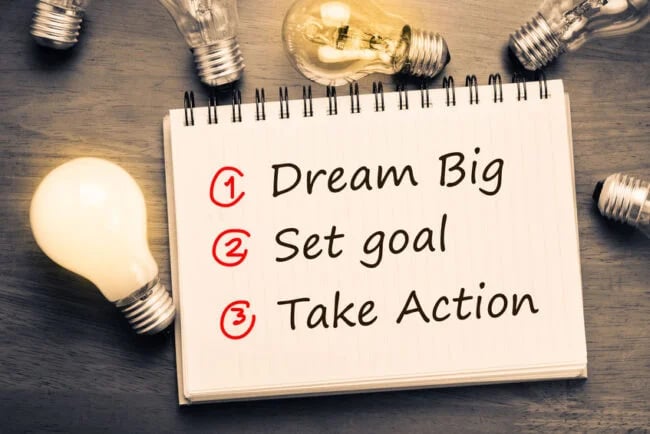In the past twenty years, leadership coaching has gained popularity and is expanding quickly. Business coaching is expected to generate $14.2 billion in revenue in the United States in 2022.
Other coaching types, like life coaching and self-improvement coaching, are not included in that figure. This data is corroborated by what my company and I observe to be true in the market: a steady rise in the demand for leadership coaching from businesses.
It begs the question: Does leadership coaching really pay off after all the time and money invested?
The response varies. Unfortunately, process and measurement are often neglected in leadership coaching. Frequently, the coach turns into a secure and amiable confidant with minimal discernible growth or preparation for upcoming positions.
The good thing is that coaching is effective. Six success essentials make up best-practice or high-impact coaching, according to my company’s coaching work with over 1,000 business leaders.
When a willing participant and these success requirements are met, coaching achieves notable and long-lasting progress. This powerful coaching has the power to transform lives and careers.
Six Crucial Elements Of High-Impact Coaching Success
High-impact coaching blends the expertise of a seasoned and certified coach with an approach focused on processes to behaviour modification.
The following six success requirements make up high-impact coaching:
• Objective in its approach: Every assignment centers around two or three areas that are essential to the participant’s success within their organization.
Probing questions such as “What are the people’s gaps and opportunities?” bring these areas to light. And how does one define success?
Observable behaviours and actions are then used to define these focus areas. The coach and audience center their attention on these observable areas.

• Relationship in use: The game between the coach and the participants is important. It is important that the participant feels comfortable with the trainer and believes that the trainer is a useful and reliable resource.
Participants also need to feel confident that their conversations with the coach are confidential and that coaching sessions are a safe place to open up, experiment with new behaviours, and be completely transparent with their thoughts and feelings.
Participants in my company often talk to two or three potential coaches and choose the most suitable coach to match the right game.
• Assessment driven: The first stage of high impact coaching is assessment driven. This involves the participant completing a validated assessment.
This assessment may include a 360-degree (online or face-to-face) debrief to collect feedback from those the participant works most closely with.
The results of this phase provide a deeper understanding of the broader profile – the beliefs, fears and wiring that drive the participant – and how they are perceived in their work environment. The assessment debrief provides the participant with a wealth of information about themselves.
The experiences build the credibility of the coaching and highlight source-code issues that need to be addressed in order to drive sustainable change.
• Clockwise: A healthy dose of results-driven urgency is essential for high-impact coaching. There must be a schedule.
Depending on the participant’s availability and the identified coaching outcomes, a coaching assignment’s actual timeline may change.
In my experience, though, the coaching period typically lasts between three months and a year at most.
Companies frequently sign up for three-month stages, calibrating and determining every three months whether more coaching is required.
• Brief feedback cycles: The sponsors (direct leader(s) or HR) evaluate participant progress on a monthly basis.
This information is used to calibrate and modify the coaching focus in real time. The coach will talk about the participant’s actions and performance during these calibration calls, but they won’t discuss the talks they’ve had with the participant—those are private coaching conversations.
The coach does not act as a go-between for the employee and their employer. Rather, the coach helps the participant improve their ability to successfully navigate the organization.

• Quantifiable: You can quantify the economic effect of effective coaching and link it to important business metrics by defining coaching’s behavioural goals.
I have witnessed hundreds of thousands of dollars in growth and savings directly linked to coaching assignments.
For example, the supply chain vice president saved $112,000 by improving engagement and retention, or the CEO of private equity who assembled and led a team that offered the company $142 million in two years (before hiring a leader, he spent three years frustrated and not successful in trying to build a team and grow the business).
These six high-impact coaching success criteria provide a framework for coaching in a variety of industries and at all leadership levels, including executive and front-line.
I suggest that if you want to use coaching to help leaders succeed, you make sure the coach and the process have these success-critical components.
If you take this action, coaching can assist in giving your company stronger leadership and a long-lasting competitive edge.
Facts about creating an impact on your client as a coach
1. Helping Clients Set Clear Goals: As a coach, one of the first stages in creating a lasting impression on a client is assisting them in setting clear and relevant goals.
A coach can help their clients define what success means to them by diving deeply into their desires, aspirations, and beliefs.
Clients have a sense of purpose as a result of this process, which fuels their ambition to work for and achieve their goals long after the coaching relationship has finished.

2. Developing Confidence: Confidence is essential for long-term success and personal development. As a coach, it is critical to assist clients in developing their confidence.
Coaches enable clients to trust in their talents by recognizing their strengths, fostering self-reflection, and helping them through problems.
This boost in confidence not only allows customers to stay on track towards their goals, but also to confront future challenges with resilience.

READ MORE: https://brandgaytor.com/how-to-speak-in-front-of-camera-fearlessly/
3. Fostering Self-Awareness: Self-awareness is a potent tool that aids in clients understanding of who they are, how they behave, and how those behaviours affect other people.
A coach can help people become more self-aware by using techniques like feedback, open-ended questions, and reflective exercises. Through acquiring an understanding of their thought and behaviours patterns, clients are able to make deliberate decisions that match their actions to their objectives.
They develop a deep understanding of themselves, which affects their decision-making even after the coaching relationship is over.
4. Improving Communication Skills: In both personal and professional relationships, effective communication is crucial in all facets of life. It is crucial for coaches to assist their clients in improving their communication abilities.
Coaches help clients resolve conflicts, build stronger relationships, and effectively communicate their needs and desires by teaching them how to listen intently, express themselves assertively, and show empathy.
Clients interactions with these communication skills become second nature, strengthening relationships and having a long-lasting beneficial effect on both their personal and professional lives.

5. Promoting Accountability: In order for clients to stick with their goals even after receiving coaching, accountability is essential.
A coach needs to establish systems for accountability and help clients develop a sense of personal accountability.
This includes establishing goals, conducting frequent check-ins, and monitoring advancement.
The legacy effect of coaching endures long after the last session because coaches hold clients accountable and assist them in gaining self-discipline.
Want to know how to grow your online presence: https://brandgaytor.com/how-to-grow-your-online-presence-on-youtube-for-coaches/

Conclusion
To summarize, leaving a legacy impact on your customers as a coach demands developing solid relationships, efficient communication, defining clear goals, always improving yourself, and sharing wisdom and information. Following these tactics will allow you to make a significant difference in your customers lives that will last far beyond the meetings with coaches. Remember that your role as a coach is to enable your clients to become the best versions of themselves, not only to support growth.
FAQ ( frequently asked questions)
Q1: How can coaching impact a client’s personal development?
A: Coaching can enhance self-awareness, goal-setting, and problem-solving skills, fostering personal growth.
Q2: What changes might a client experience in their professional life through coaching?
A: Clients often see improved leadership, communication, and decision-making skills, leading to enhanced career advancement.
Q3: How does coaching affect a client’s mindset and perspective?
A: Coaching can shift mindsets by challenging limiting beliefs, promoting positive thinking, and encouraging a proactive approach to challenges.
Q4: What role does accountability play in the coach-client relationship?
A: Accountability helps clients stay focused on their goals, fostering commitment and ensuring progress.
Q5: Can coaching help with work-life balance?
A: Yes, coaching can provide strategies to prioritize and manage responsibilities, promoting a more balanced and fulfilling life.
Q6: What emotional impacts might clients experience during coaching?
A: Clients may go through periods of self-reflection, self-discovery and occasionally, emotional discomfort as they confront and address.

Add a Comment